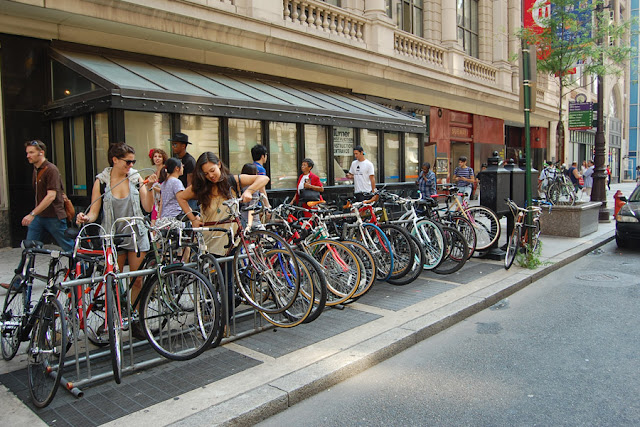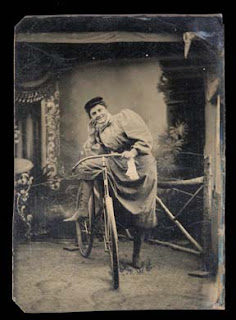Bikes Mean Business

Little did she know that they would hit the jackpot with bicycling By: Carolyn Szczepanski Pat Brown was just hoping to hang on in a tough economy. When she relocated her art gallery in 2008, it was the rock-bottom rent that drew her to a still struggling strip of downtown Memphis, TN. “We were just trying to survive,” she said. Brown was betting on a small core of community members determined to transform Broad Avenue from a fast-moving thoroughfare, where traffic whizzed past boarded-up storefronts at 50 mph, into a bustling arts district. Little did she know that they would hit the jackpot with bicycling. Shortly after Brown opened T Clifton Gallery, Sarah Newstok walked in. The local nonprofit Newstok led, Livable Memphis, had a vision for Broad Avenue, too. They wanted to build a protected bike lane that would pass right by Brown’s door, creating a vital connection between a popular multi-use trail and the city’s largest park. “We’re a retail business, so any time there’s






